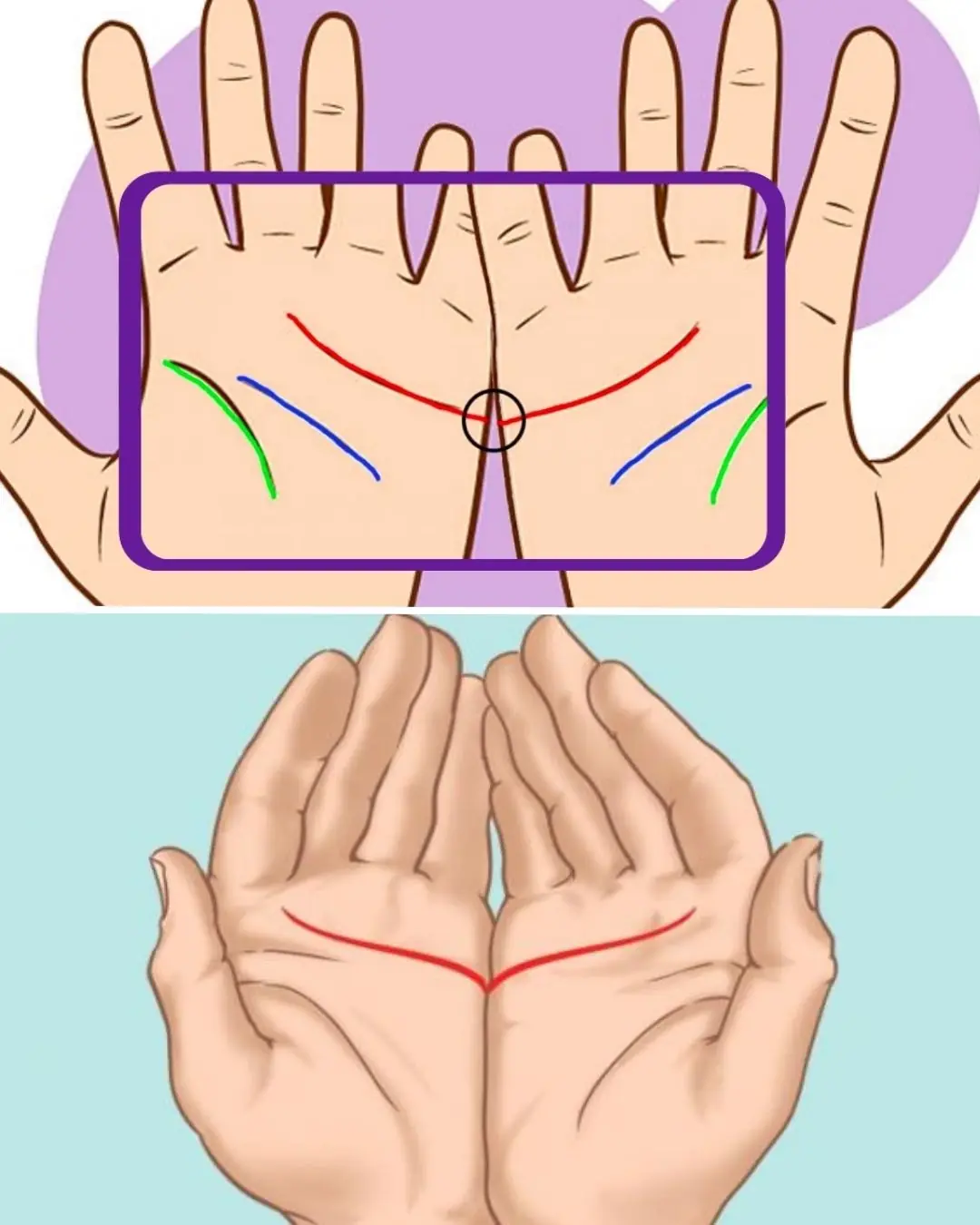
What Are Sebaceous Filaments and Why Are They on Your Face?
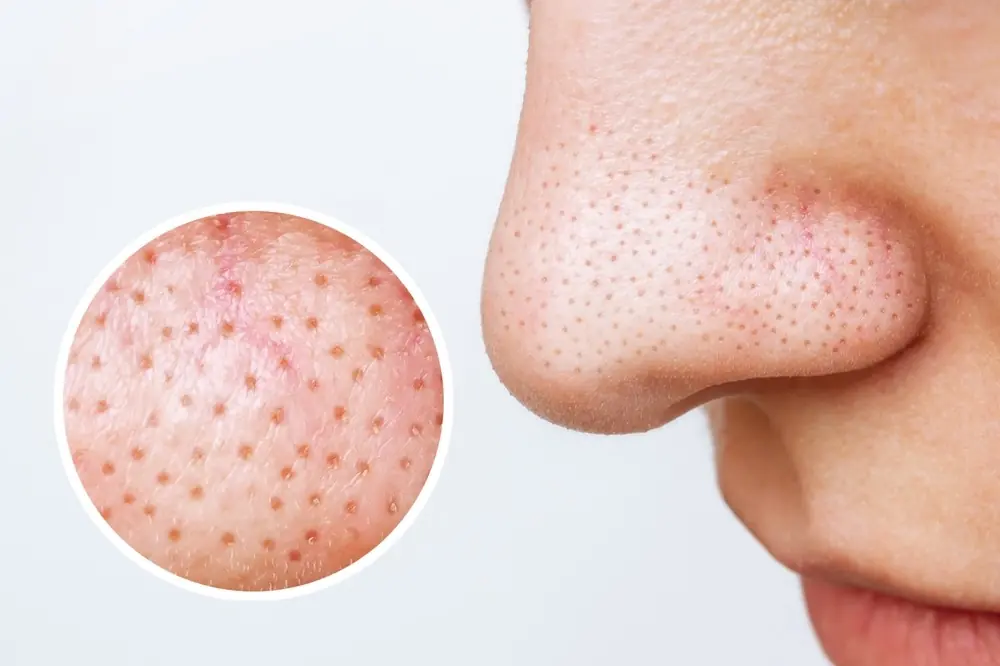
What Are Sebaceous Filaments and Why Do They Appear on Your Face?
Don’t be fooled by flawless skin in filters and airbrushed celebrity photos — skin has texture. Some areas may have darker pigmentation, like around the eyes, while others are puffier, wrinkled, freckled, marked with beauty spots, or bumpy. These are all natural and normal. However, some blemishes may indicate underlying issues, such as severe acne or dry skin. Because society has ingrained the idea that skin should appear smooth and flawless, it's easy to confuse normal skin features with unhealthy conditions. Take sebaceous filaments, for example. While they may resemble tiny blackheads, they actually serve an essential role in skin health.
What Are Sebaceous Filaments?
If you’ve noticed small dots on your face, particularly around the nose, cheeks, chin, and forehead, these are likely sebaceous filaments, not clogged pores or blackheads. Sebaceous filaments are tube-like structures within pores and are perfectly natural.
"While sebaceous filaments might look like blackheads, they tend to be a shade of gray or tan rather than black," explains Dr. Dendy Engelman, a board-certified dermatologist in New York City. "They serve an important function by transporting oil from the sebaceous glands to the skin’s surface, helping to keep your skin hydrated and protected from damage."
Sebaceous Filaments vs. Blackheads
Sebaceous filaments and blackheads are two different things. "A pimple is caused by bacteria or fungus and typically presents as a fleshy bump, often with a white or black head," explains Dr. Purvisha Patel, a board-certified dermatologist. "In contrast, sebaceous filaments are composed of oil and keratin — no bacteria involved. They’re harmless." Although sebaceous filaments might not be visually appealing, they don’t require professional treatment the way persistent acne would.
Who Gets Sebaceous Filaments?
Everyone has sebaceous filaments, but they can be more noticeable on some individuals than others. Genetics and age play significant roles in their appearance. For example, individuals with thicker hair follicles may notice more visible filaments. During puberty, sebaceous glands grow larger and become more noticeable, and as we age and our skin sags, pores may enlarge, making the filaments more prominent.
A factor you can control is skin care. Excessive sun exposure or over-washing your face can dry out your skin, causing sebaceous glands to become larger as they work harder to rehydrate the skin.
Should You Remove Sebaceous Filaments?
You may have seen videos online demonstrating how to "remove" sebaceous filaments. While these clips may seem satisfying, skincare experts caution against attempting it. Sebaceous filaments are essential for keeping skin moisturized and soft by naturally lubricating it.
Moreover, they won’t stay gone for long. Within a month, the follicle will fill up with sebum, and the filaments will reappear. A more effective approach is to use cleansers designed to minimize the appearance of pores, although they won’t make the filaments vanish entirely.
The Risks of Squeezing Sebaceous Filaments
Squeezing sebaceous filaments can cause damage to your skin. "Applying too much pressure can injure the outer layer of your skin, leading to breakages, scabs, or infections," warns Dr. Joshua Zeichner, a board-certified dermatologist in New York City. Other consequences include redness, inflammation, hyperpigmentation, pimples, and scarring. If you want them removed, it’s best to consult a professional rather than attempting it yourself.
What About "Skin Gritting"?
Recently, beauty influencers have been promoting a trend called "skin gritting," which claims to eliminate sebaceous filaments. This process involves softening the skin with an oil cleanser, applying an exfoliating acid, using a clay mask with essential oils, and then massaging the face for up to 15 minutes.
“While the combination of an exfoliating acid, purifying mask, and oils may give you a deeper clean by pulling out pore-clogging material, much of what you feel as blackheads or gunk is likely excess product that you just applied,” says Dr. Engelman. Moreover, this practice could lead to skin looking looser over time and pores appearing larger.
How to Clean Sebaceous Filaments
Remember, sebaceous filaments are a natural and healthy part of your skin. While social media trends may promise flawless, smooth skin, that’s not the reality for most people. Rather than striving for "perfect" skin, focus on keeping your skin healthy.
Fortunately, you can adopt a skincare routine that minimizes the appearance of sebaceous filaments. Look for products containing ingredients like alpha hydroxy acids (AHAs), oil-absorbing clay, retinol, salicylic acid, sulfur, and vitamin E. Avoid pore-clogging ingredients like petroleum, coconut oil, shea butter, and tea tree oil. Keep your skincare routine simple, as sometimes less is more. Introduce new products gradually to ensure they truly benefit your skin and don’t make things worse.
News in the same category


Never Ever Say These 4 Things at a Funeral — No Matter the Situation
When it comes to funerals and expressions of sympathy, your words don’t need to be profound or poetic.

The Hidden Meaning Behind Leg-crossing — It’s More Than Just Comfort
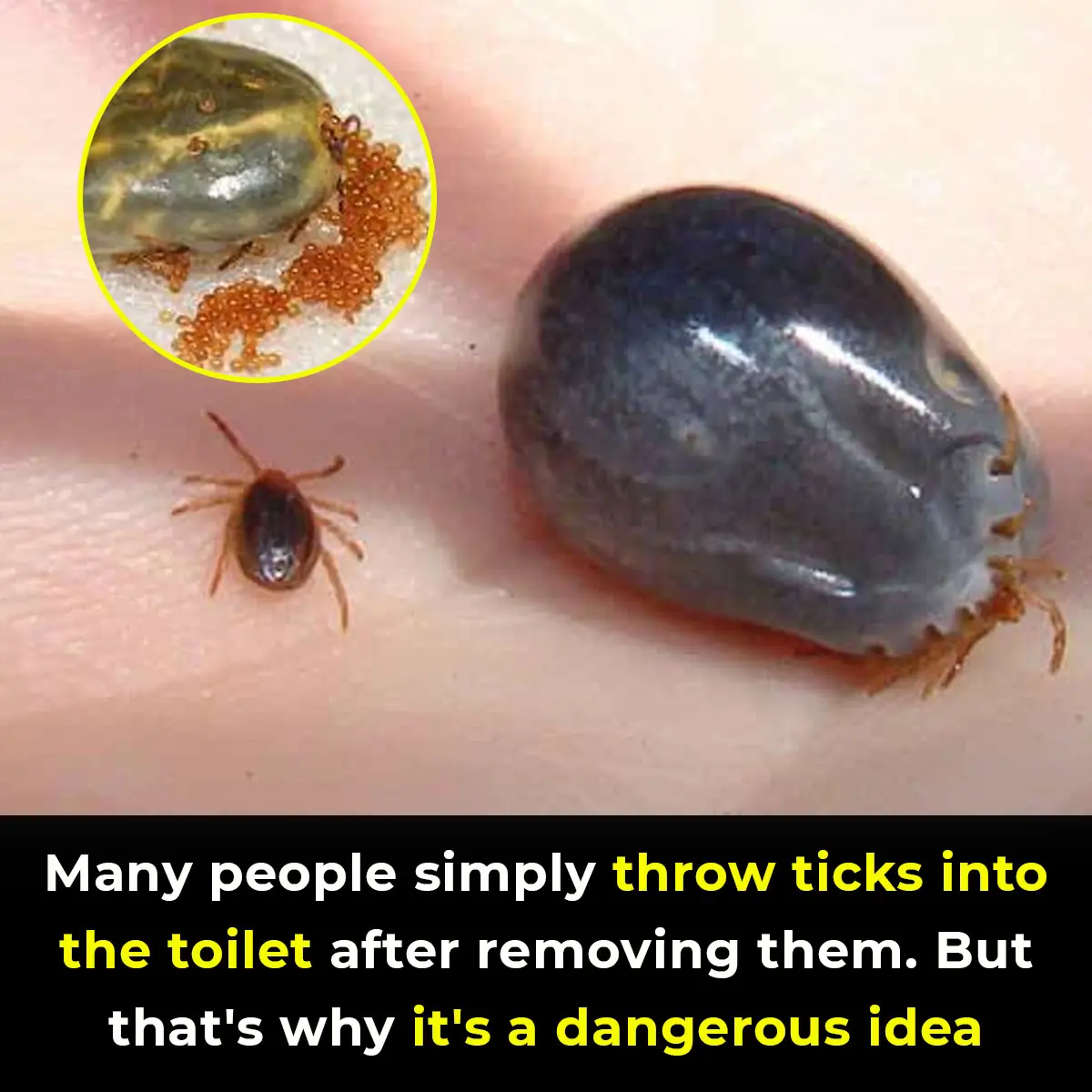
How To Properly Dispose of Ticks

Why Do You Keep Waking Up Between 3 and 5 A.M.? Causes, Explanations, and What It Means for Your Health
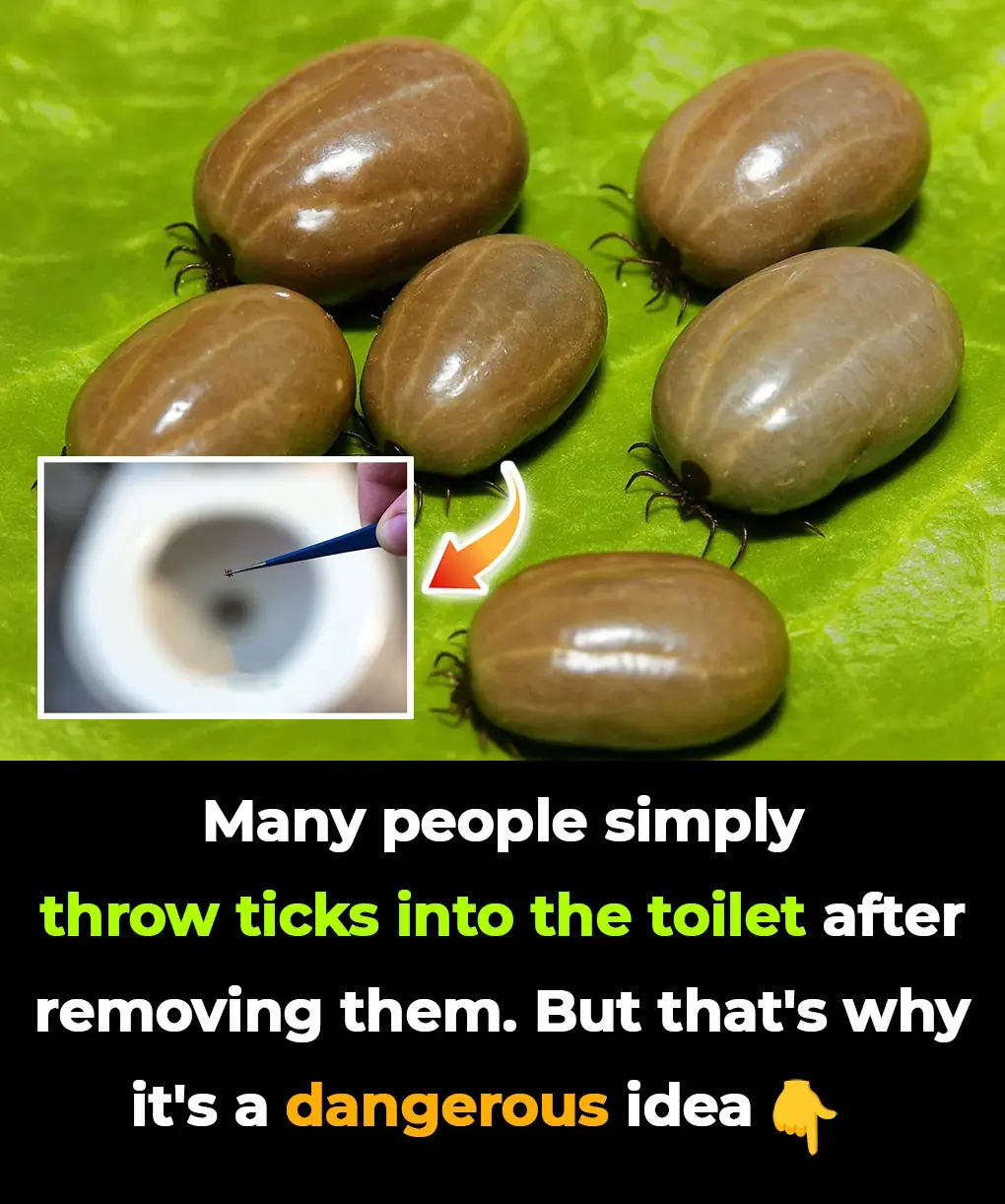
Deadly Secrets of Ticks: How to Remove and Dispose of Them Safely Before They Harm You
Ticks may be small, but their impact on human and pet health can be enormous.
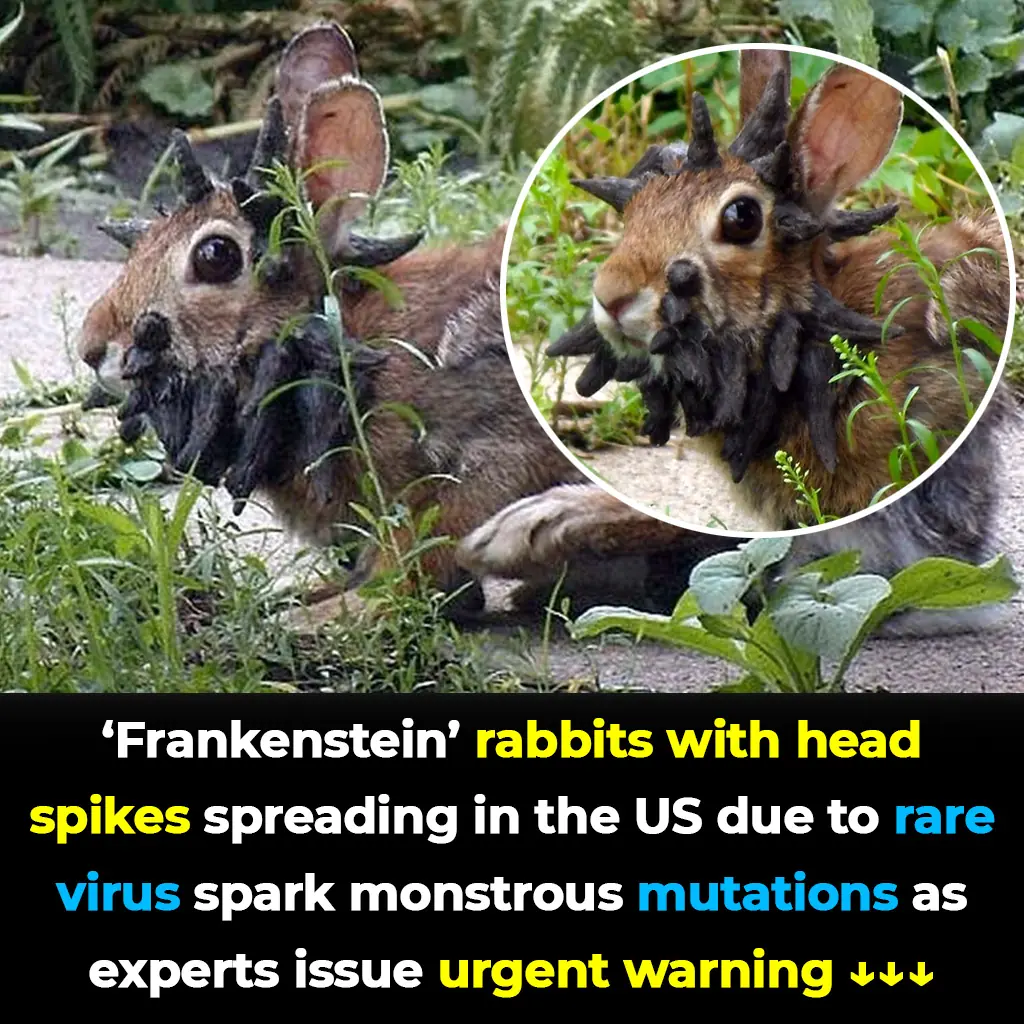
Frankenstein Rabbits With Tentacle-Like Horns Spark Invasion As Rare Virus Causes Monstrous Mutations
Although they may look frightening or pitiful, they remain a natural example of how viruses can drastically alter an animal’s appearance.

Only the Sharpest Eyes Can Find All 6 Hidden Words in This Living Room Challenge
If you love solving puzzles and challenges, this viral hidden words image is just for you!

The Hidden Purpose of That Tiny Hole in a Safety Pin Will Surprise You
That tiny hole in a safety pin isn’t just decoration - it’s proof that even the simplest everyday tools can hide smart design secrets.

This Appears to Be a Void in Space. In Truth, It’s Full of Stars in the Making

Potentially hostile’ alien threat could attack Earth in a few months, scientists claim

NASA issues major update on 'not natural' space object aiming at Earth that could be 'dire for humanity'

What’s the Purpose of That Tiny Hole in a Safety Pin

Dogs Start Howling In The Middle of the Night

82-Year-Old Woman Reverses Dementia Symptoms with Mediterranean Diet

UK Mom’s Faceplant at Sports Day Goes Viral Online

Woman Declared Dead for 8 Minutes - What She Saw Will Change Everything You Believe About Life and Death
A 33-year-old woman from Colorado was clinically d:ead for eight minutes—yet she insists she never lost awareness and discovered that death is only an illusion. Her extraordinary account challenges science, spirituality, and everything we think we know

What would actually happen if Earth lost oxygen as NASA reveals we're already 'running out'

The Mysterious Spiritual Meaning Of Black Butterflies Entering Your Home
Black butterflies carry meanings that are as mysterious as they are beautiful.

Fatty Liver: Causes, Symptoms, Treatment & Home Remedies
News Post

10 Early Signs of Pancreatic Cancer

Common Diabetes Drug Metformin Linked to Vitamin B12 Deficiency

Top 5 Foods that cause Gut Inflammation – Avoid!

A 30-Year-Old Man’s Sore Throat Turned into Cancer After 5 Rounds of Chemotherapy — Doctor Urges: Throw These 3 Things Out of Your Fridge Immediately

The Most Effective Ways to Naturally Get Rid of Clogged Ears

3 Early Signs of Stomach Cancer Everyone Should Know Before It Spreads

Life-Saving Tips for Lowering Stroke Risk & Early Signs of Stroke

Stroke Is Striking Younger People: 30 Seconds of Awareness Can Save a Life

How to Use Rice Water for Gorgeous Hair and Skin

Menopause Symptoms That May Surprise You

10 Healthy Sandwich Dos and Don’ts

Never Ever Say These 4 Things at a Funeral — No Matter the Situation
When it comes to funerals and expressions of sympathy, your words don’t need to be profound or poetic.

🥥 15 Compelling Reasons to Include Coconut Water in Your Daily Routine

🌿 30 Remarkable Benefits of Avocado Leaves
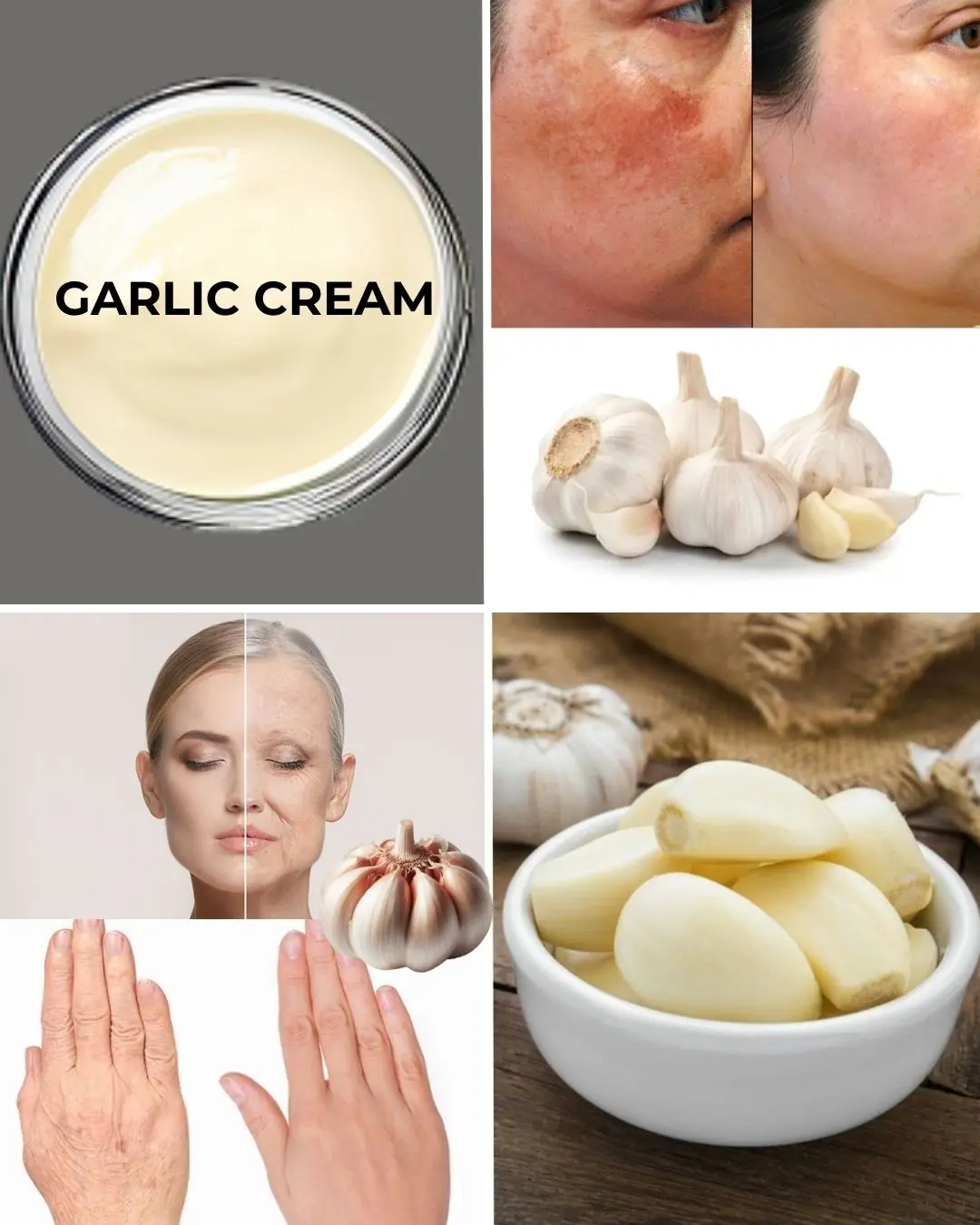
🌿 Natural Collagen Boost: Garlic Remedy for Smoother Skin
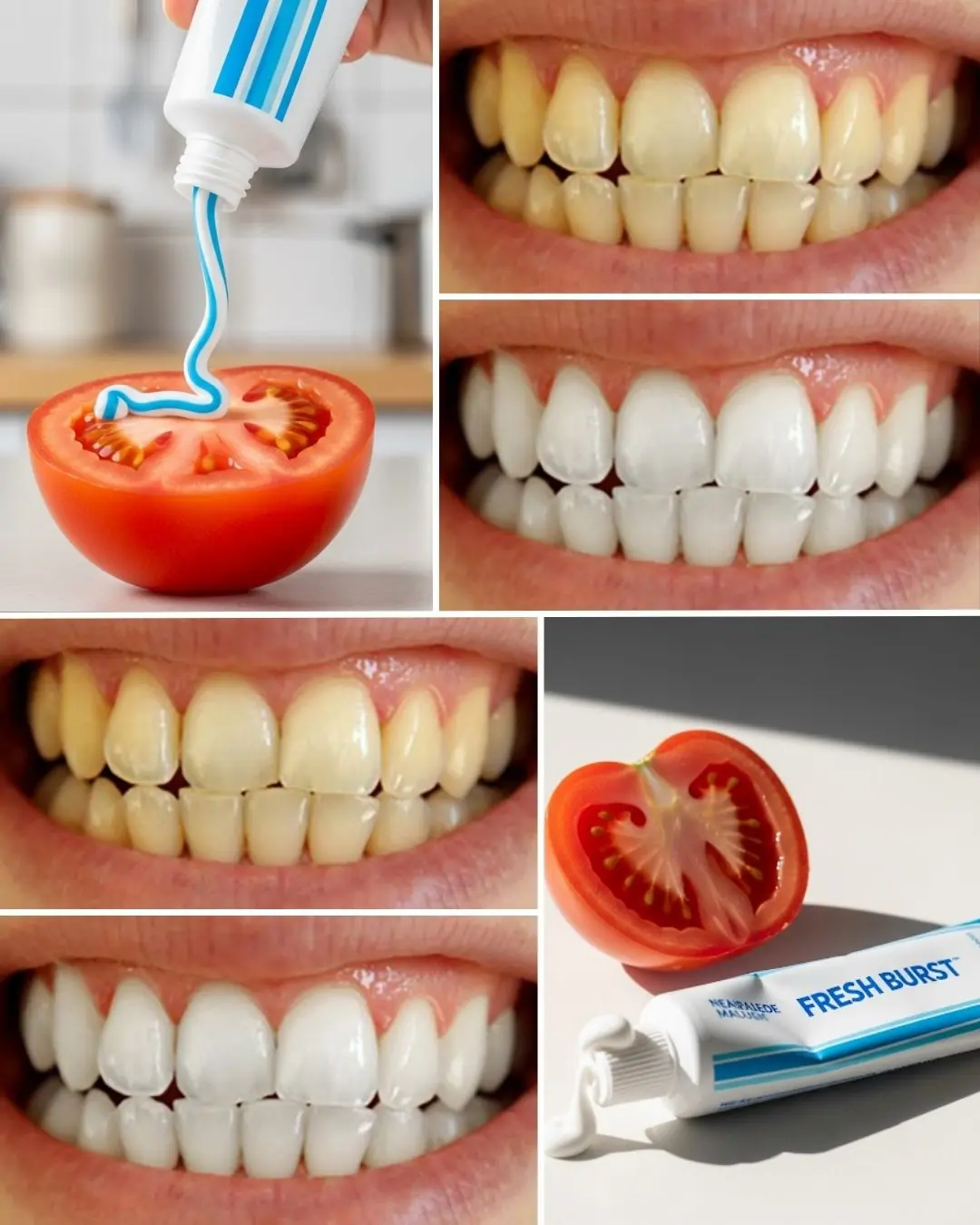
✨ Brighten Your Smile Naturally: A Simple DIY Teeth Whitening Remedy
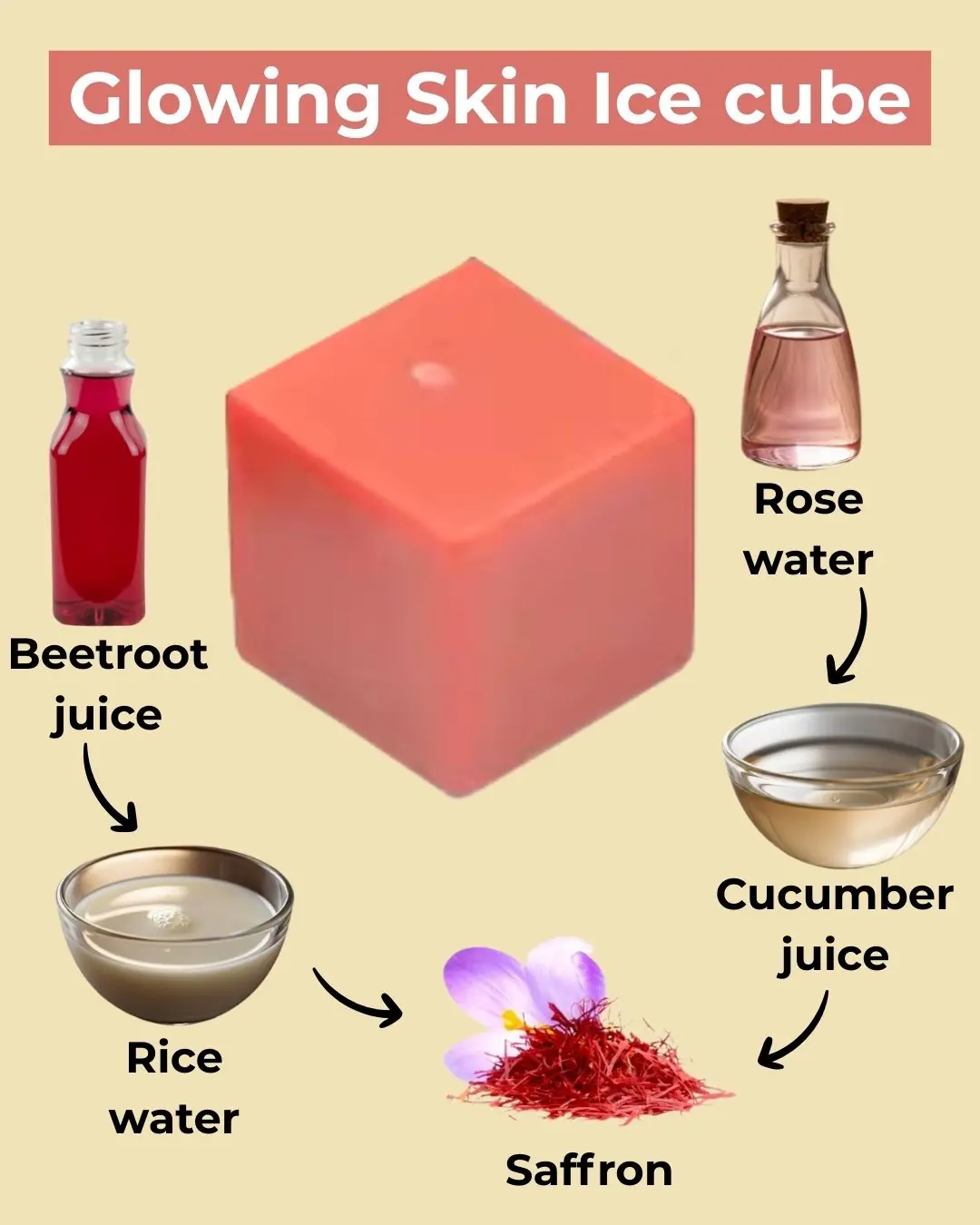
🌟 DIY Collagen Ice Cubes for Radiant Skin
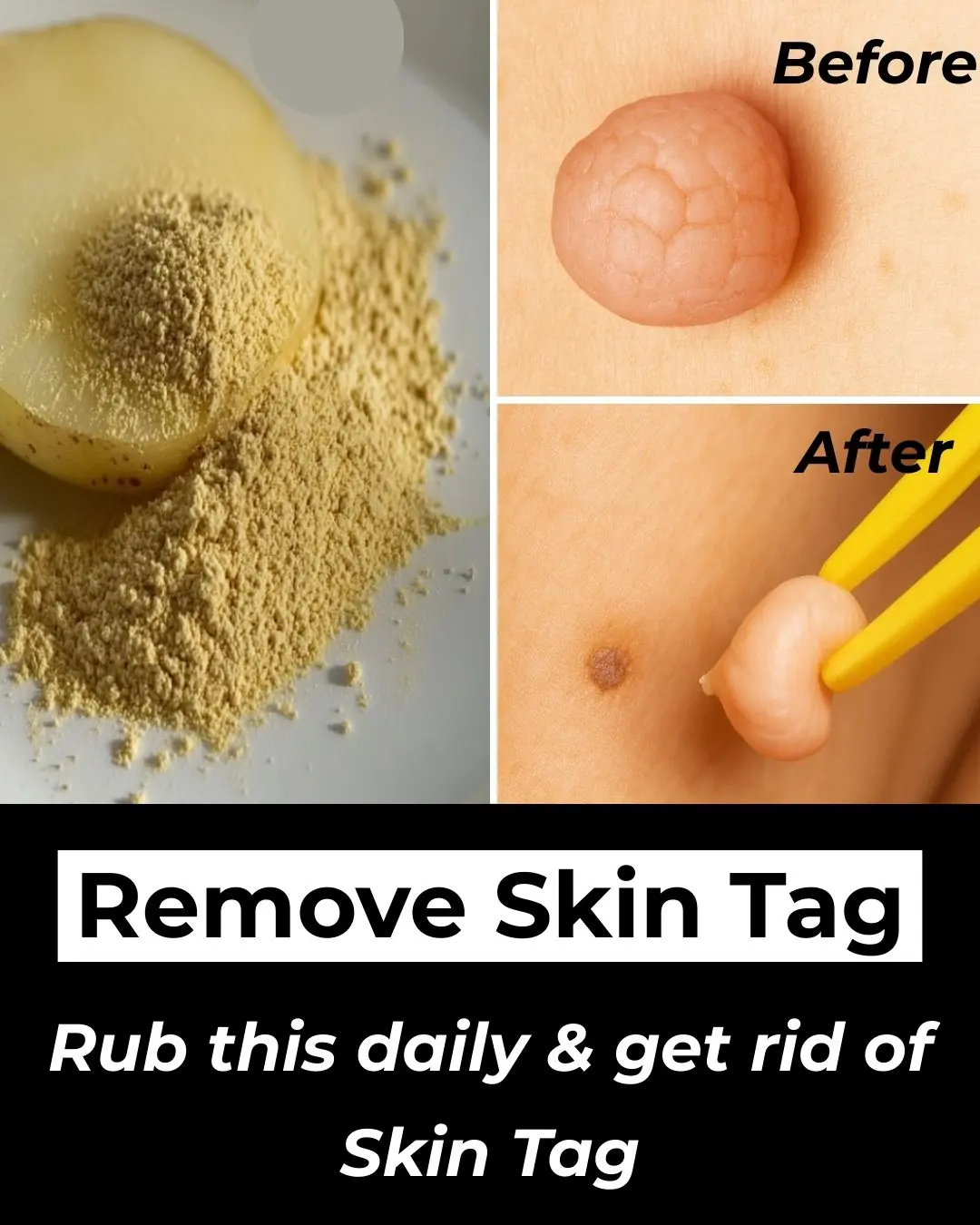
🌿 3 Natural Home Remedies to Remove Skin Tags Safely

Medicinal Health Benefits of Garlic (Raw, Supplement) – Science Based
